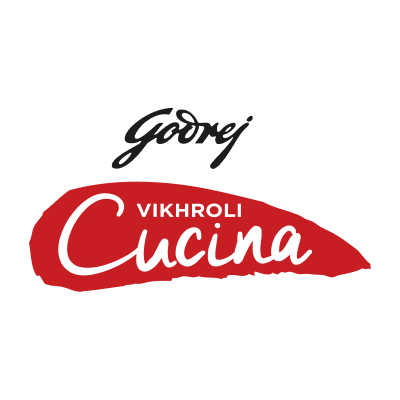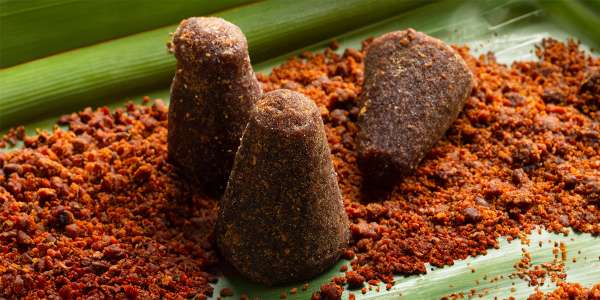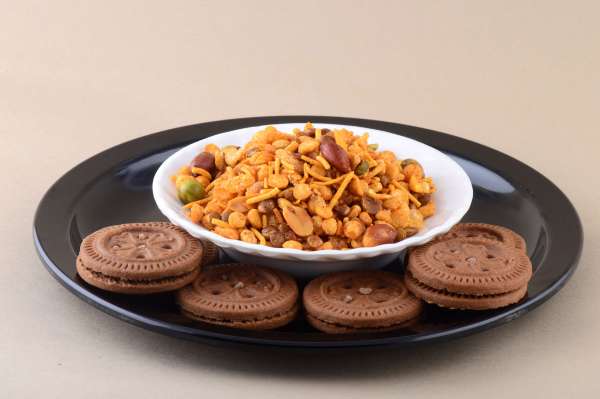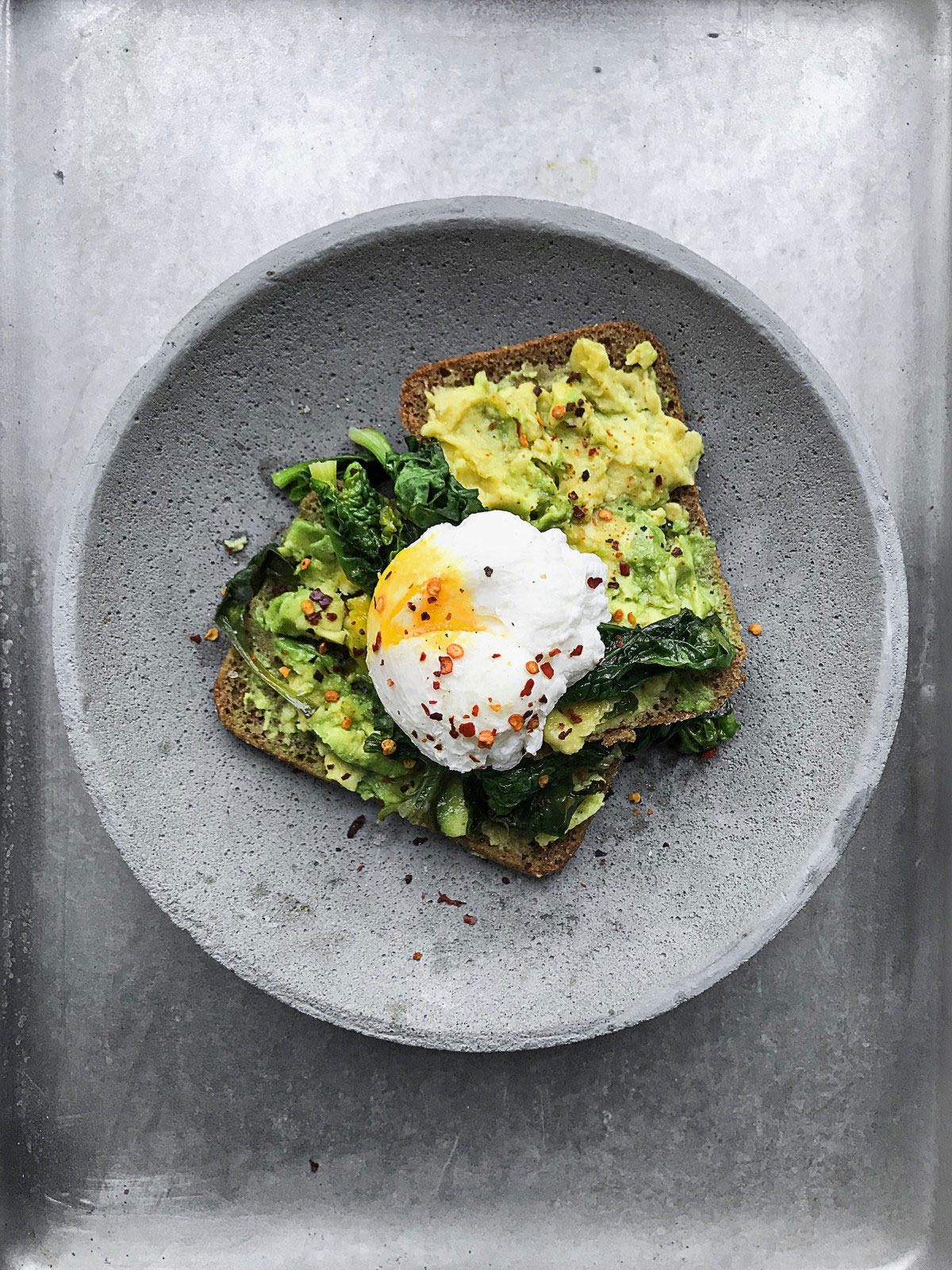
What to look forward to after the COVID storm ends
The year is 2021. The COVID storm is over (fingers crossed) and we have all lost nearly 12-14 months of our lives. A lot of F&B businesses have wound up and it’s all doom and gloom. What can food aficionados look forward to once this all is done and dusted?

There are multiple food trends that I expect will take us by storm once we resume. Some already have become integral to our lifestyles and eating habits in today’s times, while some are coming. Some are trends that you’ll watch at restaurants, some will become mainstays of home kitchens. Here are my top picks of major trends:
Restaurants
- Cross-cultural menus – When people move, their food moves with them. Ingredients get combined and fusion cuisines happen. Some classic examples are Peruvian-Japanese, Malay-Indian and Arabic-Mexican food. Cross-cultural menus should come to the fore as more and more people are getting comfortable with varied ingredients and have fewer hang-ups with the “authenticity” of a dish.
- Regional menus – While we all like our regional cuisines, e.g. Mumbai loves Malvani or Manglorean food and Nagpur loves its Saoji, these cuisines haven’t got their due yet. I believe this will happen as a lot of us are going back to our roots. Once we re-open, we will see a lot more regional cuisine menus and restaurants across the board.
- Micro restaurants – Cute 20-seater restaurants serving regional, eclectic or niche cuisines that will have people queuing up to get a taste. We’ve had our share of micro restaurants such as Hoppum, La Loca Maria and Mahlzeit in Mumbai serving food as varied as Spanish tapas to street food from Berlin. These formats are affordable and are democratising the whole food revolution. If these are followed in a big setting, it will surely inflate costs highly and make simple concepts unaffordable for the majority.
- Meal kits – Convenience is the new buzzword, with the reverse migration that has happened and the double workload that urban nuclear families have since children are being home-schooled as well. Meal kits are a greatly viable alternative as it gives people the satisfaction of a home-cooked meal without having to go through the grind of shopping and prepping the ingredients daily.
- Kids’ menus – These will start getting a lot of respect. The young ones will have full-fledged menus and even restaurants dedicated to them that actually serve food other than fries and burgers. They will be served healthy, organic, interesting food, which in my opinion, will be a great opportunity for small farmers and producers to get roped in.
Health food
-
Health food - It will become more mainstream. Keto, vegan, gluten-free options will be available in majority outlets.
-
Alternative milk – Vegan milk such as almond, oat, coconut and soy are quickly replacing the regular dairy milk across homes and restaurants.
-
Superfoods – These are now the most sought after food products in major supermarkets. Avocados, berries, nuts, seeds, etc., have already become mainstays in our diets. They will also feature in a lot of restaurant menus
Drinks
- Kombucha – This and other fermented teas which were considered a fad up till last year will become mainstream drinks soon. The health benefits are far too many and they taste awesome too. A boozy kombucha could be in the works as well.
- Grain spirits – Like Soju and Baijou (a sorghum spirit launched just a few months ago in Mumbai) will become more popular. There are flavoured soju drinks with an average of around 14 percent alcohol. They are sweet (some contain more sugar than Coke) and have flavours like grapefruit, orange, citron etc., that are very popular with youngsters in Japan and South Korea. These drinks are already a rage in Singapore and Taiwan. I’m pretty hopeful of it becoming a big deal here too because there is a marked shift towards drinks with lower alcohol content.
- Craft beer and artisanal coffee – They were already having a moment. Single-origin high-quality coffee from places like Chikmagalur and Coorg, and roasted on the spot in cafes in Nagpur and Baroda have become incredibly popular. Craft beer is now being brewed even in towns from Goa to Chandigarh. They will become more ingrained in the time to come.
These trends are driven by three major consumer shifts – focus on health, the need for convenience and respect for local products. Of course, with the innovation that we see, maybe the restaurant industry will surprise us with something completely different but this is one future which I can’t wait to see!
If you have any more thoughts, do comment in the section below or write to me at miteshrangras@gmail.com.
Tags
3 Comments
-

Rohan Bhatt | 12 Sep 2020 Almost, 60-70% of the industry will contract and excessive dependence on the old practices will go away forever... #NewNormal will be in my opinion, the age of revival for Indian Micro Regional and Multi Regional instead of Multi Cuisine models.
-

Rohan Bhatt | 12 Sep 2020 The lockdown made people return to basics, cooking with love, experiments with flavors, no shortcuts and many such things. Imagine a situation in the new normal where restaurants will once again be about great food experiences and not shortcuts or anything. Restaurants will make a grand comeback but only those which truly love to serve great food and yes homecooks (whoever manage to stay relevant after everything comes to "normal") are also here to stay in the ecosystem.
-

Rohan Bhatt | 12 Sep 2020 It has not proved that Home cooks are better than restaurants but more importantly it has proved that a lot of restaurant owners and staff were ignoring the importance of freshly prepared food, good quality ingredients, hygiene, food safety and honest pricing but were more about the distractions, presentation, real estate, location etc...
You may also like
-

Features The most craved TV food that sparked global cravings
by Vikhroli Cucina
-

Features The Culinarian's Take: The ultimate holiday wine picking guide with Sula Vineyards
by Vikhroli Cucina
-

Features How India eats when the weather turns cold
by Vikhroli Cucina
-

Features What Indian childhood memories taste like…
by Vikhroli Cucina

